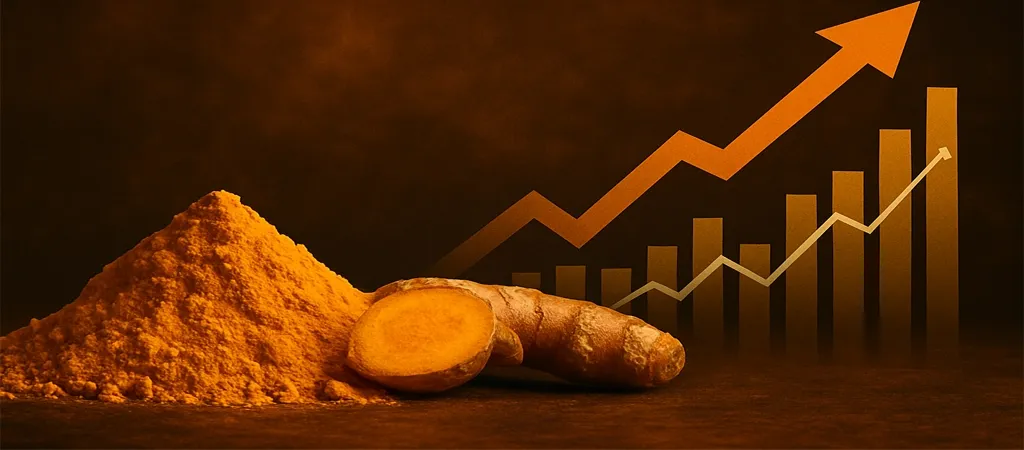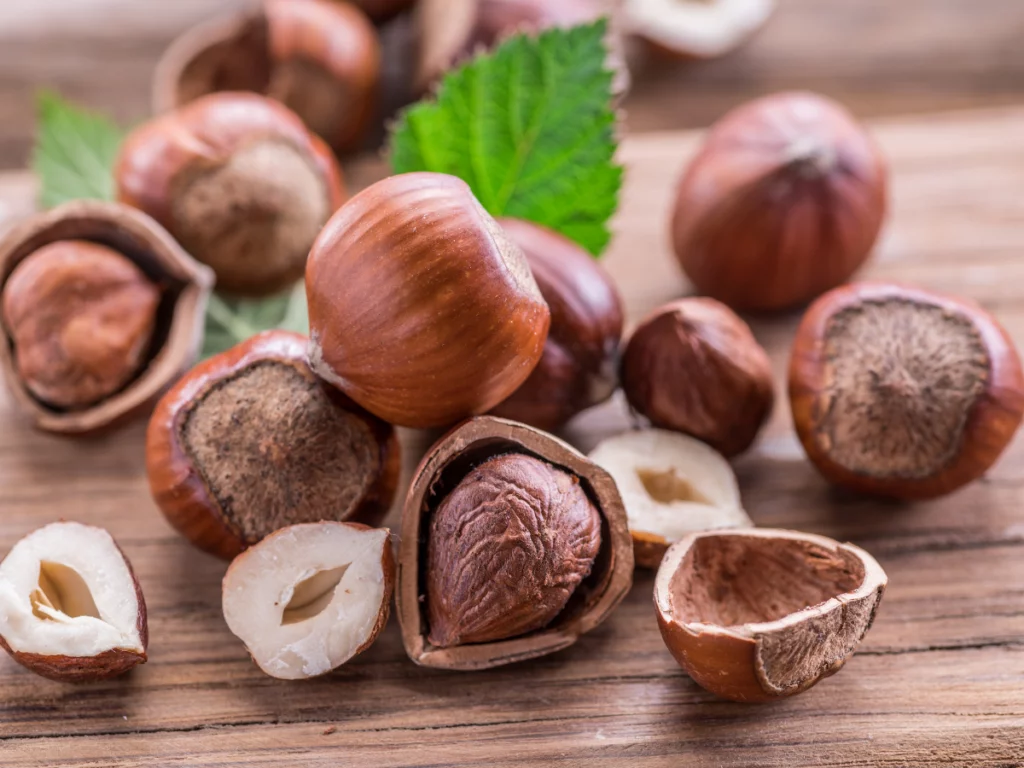Global Hazelnut Market: Production Setbacks, Price Trends, and Strategic Tips for Traders
The hazelnut market is navigating a complex landscape of production challenges, shifting trade dynamics, and rising global demand. From Turkey's dominance in exports to the impact of climate change on European yields, this comprehensive analysis explores key trends, production updates, market shifts, and actionable tips for traders, particularly in the UAE—a key logistics hub for hazelnut trade.

Key Production Updates
- Turkey – The Global Leader
- Market Share: Turkey accounts for 70% of global hazelnut production and exports, with 2024 exports exceeding $2 billion (+30.9% from the previous season).
- Export Growth: A 179% increase in in-shell hazelnut exports and a 241% rise in value between January and October 2024. Demand from major international buyers, particularly in China and the EU, is driving up prices.
- Italy – Struggling with Pests and Climate Change
- Production Decline: Lazio's hazelnut output dropped by 50-70% in 2024 due to drought and the Asian bug pest.
- Crisis Management: A permanent crisis table focuses on biological pest control, aiming to safeguard the sector’s $120 million annual revenue.
- Spain – Historic Production Drop
- Output Impact: Severe droughts in Catalonia slashed production by 40%, leaving Spain with one of its lowest harvests in history (4,100 tons).
- Water Scarcity: Irrigation restrictions due to reservoir shortages exacerbate challenges for growers.
- France – Facing Unfair Competition
- Pest Damage: Two-thirds of the French hazelnut harvest was lost in 2024 due to pests like the Brown Marmorated Stink Bug.
- Policy Gaps: French growers face restrictions on neonicotinoid insecticides, unlike competitors in Turkey and Italy, leading to calls for policy reforms or import bans on treated hazelnuts.
- United States
- Export Shifts: U.S. exports of in-shell hazelnuts have declined by 87% to China due to Turkish dominance. However, kernel exports have increased fourfold since 2020.
- Production Growth: Hazelnut acreage expanded by 12%, boosting production by 21.6%. Prices rose slightly to $1,350/ton in 2023.
- Australia
- Innovation: A $2 million research program aims to enhance yields, quality, and sustainability using advanced tools like apps for flower-to-nut monitoring and online data systems.

Global Market Dynamics
- Turkey’s Dominance: Turkey’s strategic pricing and superior quality have positioned it as the top exporter to China, surpassing the U.S. Turkey supplied 3,321 metric tons of hazelnut kernels to China in early 2024 (+160% YoY).
- Rising Prices: Hazelnut prices are surging due to tight global supply and increased demand from international buyers, particularly in China and Europe.
- EU Challenges: Climate change and pests are severely impacting yields in Spain, Italy, and France, tightening global supply and boosting reliance on Turkish exports.

Harvest Seasons by Country

Market and Price Trends
- Current Prices: Rising across the board due to reduced supply and increased demand. Turkish exporters report a 46% rise in unit prices despite a 14% increase in export quantity.
- Future Trends: Prices are expected to remain high, supported by strong demand from China, the EU, and North America. Emerging markets like India may further boost demand.

Tips for UAE Traders
- Leverage Turkish Exports: Turkey’s dominance in quality and quantity offers UAE traders reliable sourcing for re-export to Asia and the EU.
- Diversify Suppliers: Include U.S. kernel exports and emerging Australian producers for variety and resilience.
- Monitor Market Trends: Track price fluctuations and seasonal availability to optimize purchasing decisions.
- Invest in Storage: Rising demand and prices make inventory management critical for maintaining profitability.
Conclusion
The hazelnut market is experiencing a pivotal moment, marked by shifting production dynamics, rising prices, and evolving trade patterns. UAE traders can capitalize on these trends by strategically sourcing from dominant players like Turkey while exploring emerging markets and diversifying suppliers. Staying informed and agile will be essential for navigating this evolving landscape.
FAQs
Q1: Which country is the largest producer of hazelnuts?
Turkey leads global hazelnut production, contributing 70% of the world’s supply.
Q2: When is the hazelnut harvest season?
Hazelnuts are harvested between August and September in Turkey, Italy, Spain, and the U.S., while Australia’s season runs from February to March.
Q3: Why are hazelnut prices increasing?
Prices are rising due to production challenges in Europe, increased global demand, and Turkey’s dominance in the export market.
Q4: How can UAE traders benefit from the hazelnut market?
UAE traders can leverage Turkey’s quality exports, diversify sourcing from the U.S. and Australia, and capitalize on the region’s logistics infrastructure for re-export.
Q5: What are the biggest challenges facing hazelnut producers?
Climate change, pests like the Asian bug, and irrigation issues are major challenges impacting yields in Europe and beyond.
Q6: Which markets are driving hazelnut demand?
China, the EU, and North America are the primary markets for hazelnut consumption, with demand steadily increasing.
Stay updated with Momex for the latest insights into global trade and commodity trends!



